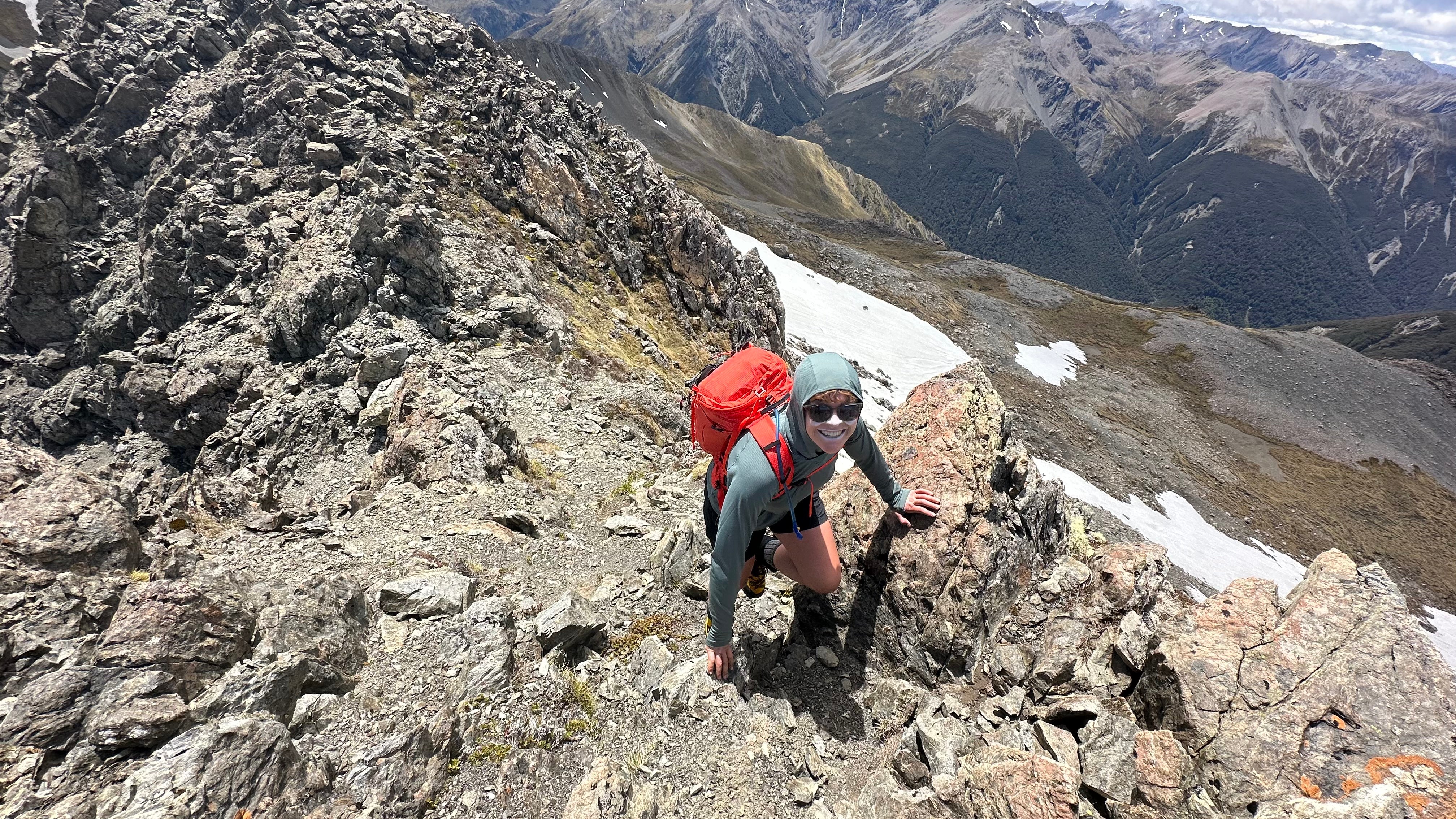Dope Dyeing or Solution Dyeing is just one of the ways we are working to reduce our Carbon Footprint and work toward our Climate Targets.
Traditional piece dyeing techniques are resource-intensive, using large dye baths that require vast amounts of water, chemicals, and energy, resulting in high carbon emissions and the potential for chemically contaminated wastewater.
For a selection of our synthetic fabrics, we have introduced the solution dyeing technique, which significantly reduces water and chemical requirements and lowers CO2 emissions. Solution dyeing applies a fundamentally different approach to color, with the dyeing process taking place at the beginning of yarn creation rather than with the constructed fabric. Polyester or polyamide granules are dyed before being extruded into yarn, so the color pigment is trapped within the raw material that is then spun into yarn and knitted or woven into a fabric. This means the color is an intrinsic part of the textile, thereby retaining its color properties longer and more durably than conventional piece-dyed fabric. Solution dyeing does present us with new challenges.
In 2022, we calculated a saving of over 967,461 litres of water, 16,025 kg of chemicals, and 48,376 kg of CO2 compared to an equivalent volume of piece dye fabric.

We continue to use solution/dope dyeing in an ever expanding number of products within our ranges. The technique’s potential for reducing impact and increasing durability are strong motivators for us to expand its use across a wider range of products in the coming years.
Mammut are committed to rising with the mountains. The challenges our climate faces and the impact that has on our playgrounds and lives.
Learn more about how Mammut is committed to Climate Responsibility through our Sustainability Report.
Read more

What’s the biggest challenge you’ve had to face when out adventuring, and how did you overcome it? Knowing how to bail. Being ambitious and enthusiastic when adventuring is great but learning how a...

Mammut is proud to be sponsoring the First stop on the Freeride Junior and Qualifier World Tours! Mount Hotham is the first Australian resort ever to host a Freeride World Tour Events. We will be k...

